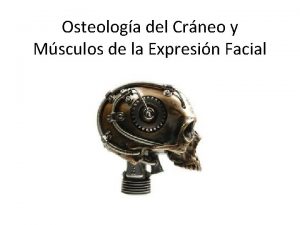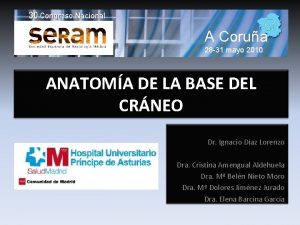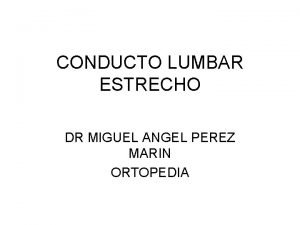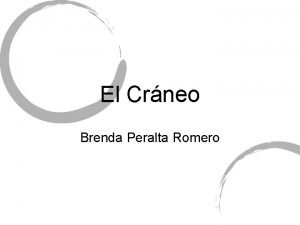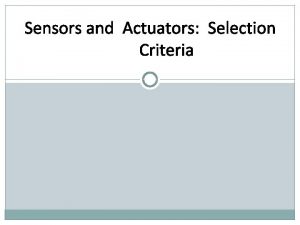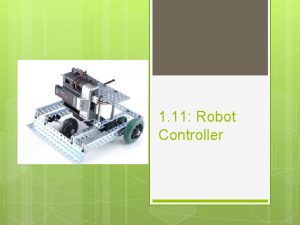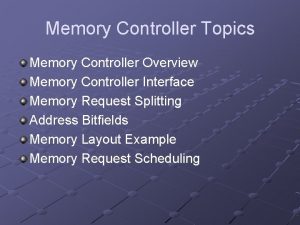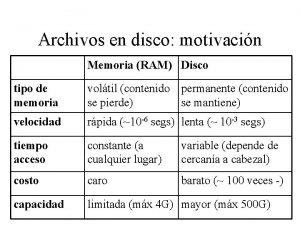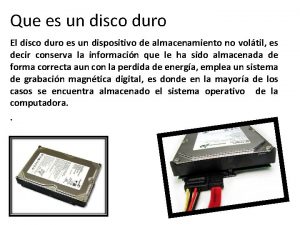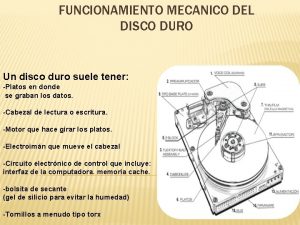Radius disco Radius agujero Motor Controller Sensor Motor












- Slides: 12

Radius disco Radius agujero Motor Controller Sensor Motor soporte

Radius disco Radius agujero Motor Controller Sensor Motor servo soporte

Overall Conceptual Design X 2 Air Black Box Cryostat • 2 feedthroughs CF 40, each with 3 optical feedthroughs • 6 SMA optical fibers from feedthrough to black box • black box containing light source • black box on top of cryostat 3

Black box concept pulsed light Bias voltage reference sensor Ehernet comunication Control board 5 Reference sensor/ Distribution board light to SMA 0 light to SMA 1 LED coupling to optical fiber light to SMA 2 light to SMA 3 light to SMA 4 reflected light to SMA 5 Trigger 0. . 5 Power supply Bias voltage led pulsed Int ligh egrat t si ed gna l Outside black box Voltage: 0~20 V Trigger 0 Trigger 1 Trigger 2 Trigger 3 Trigger 4 Trigger 5 Test pulser Test pulser 4

Control board • Beagle bone black – Embedded linux inside – 7 Channels ADC • Reference ouput sensor • Temperature – Comunication with Power supply • Python library – PWM to trigger pulsed LED boards – Control integration window. • Timing has to be improved • Developing code for real time units inside beaglebone – To be develop the user control software. • Web server interface through wireless (general network) • OPC-UA server though tehcnical network (evaluating) 5

Reference sensor/ distribution board • Reference sensor – Sens. L Si. PM (up left) • Fast output (down) • Slow output (to be used) – Integrator (up right) • Limited sampling rate in control board (200 k. S) • Developing control for integrator window. • Analog output to control board – Developing test to adquire the full channel (sensor + integrator + ADC) • Distribution board – Distribute Bias voltage • Common to all LED pulser boards – Distribute trigger • From the control board to each connector to LED pulsed board. – TTL trigger for the charge readout – Control comunication through TTL signals • 6 trigger, 2 for integrator, 2 analog signals • • Both functionlities will be implemented in one board To be designed as soon as finished the test with the full chanel 6

LED coupling cavity Kaputschinsky with blue LED PMT/Si. PM Black box Optical fiber • Based on Thorsten idea • 3 D printed • Tested in all 6 positions and measured power entering fiber with powermeter • Large variations from position to position: ~2 factor • Tested same position several times: roughly the same => Sensitive to placing of Kaputschinsky PCB but might be better with final PCBs and long LEDs (by mistake legs of these was cut) 7

LED pulsed light board result Power vs voltage • All measurements has been done with a powermeter bought for the test • Overlayed measurements for diferent frequencies (100. . 10 k. Hz) • Power normalized to 1 k. Hz • It doesn’t depend of pulse frequency • There are not time dependency • at 1 k. Hz up to 1. 8 n. W Power vs time (h) 7 V 8 V 19. 5 V 8

Powermeter vs Si. PM Output 1, 8 Si. PM Output [normalized to value at 16 V] 1, 6 1, 4 1, 2 Fast Si. PM Output (Positive Integral) 1 0, 8 Slow Si. PM Output 0, 6 Linear 0, 4 0, 2 0 0 0, 5 1 1, 5 Powermeter [normalized to value at 16 V] 2 • Si. PM ouput is measured with an oscilloscope • Powermeter is at the end of optical fiber after LED coupling • Positive integral by computing • Slow output is no lineal at high power 9

Results from CIEMAT:

Results from CIEMAT: If true, calibration will take long => All PMTs should be calibrated simultaneously Although still not sure how this should work in a LAr TPC with Ar-39 + Saturation

Status and Plans • Pulsing all 6 LEDs at the same time makes idea of reference sensor useless in principle • Options: – Measure power for each LED first and then switch on all LEDs at the same time – Use only one of the LEDs and a 1 -7 splitter as in the cryostat => 1 LED to rule them all • Will continue to develop the system for 6 LEDs

